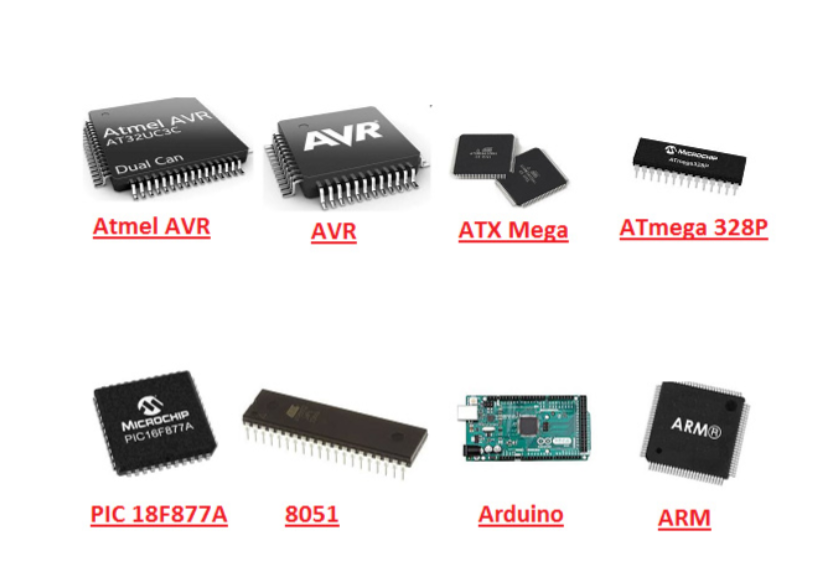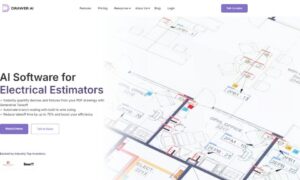Microcontroller Technology in Modern Electrical Systems
Microcontroller technology refers to the use of microcontrollers—compact integrated circuits designed to govern specific operations within an embedded system. These microcontrollers are essential in modern electrical systems, offering the computational power needed to automate processes, control devices, and manage power efficiently.
Examples in Electrical Engineering and Smart Devices
Microcontrollers are integral to electrical engineering projects, from designing power systems to creating smart devices. They are embedded in everything from consumer electronics to industrial equipment, enabling precise control and automation.
Applications in Embedded Systems
Embedded systems rely heavily on microcontrollers for processing and real-time responsiveness. These systems are designed for specific functions within larger systems, such as automotive controls, home automation, and industrial machinery.
Role in Processors and Real-Time Systems
Microcontrollers act as the brains of embedded systems, handling data processing and ensuring timely responses to inputs. This real-time computing capability is crucial for applications requiring immediate action, such as safety systems in vehicles or automated production lines.
Integration in Automation Technology
Automation technology benefits immensely from microcontrollers, which provide the necessary control and adaptability. From robotic systems to process control in manufacturing, microcontrollers facilitate efficient and precise automation.
Key Specifications of PIC Microcontrollers
Understanding the key specifications of PIC microcontrollers helps in selecting the right one for specific applications. Here are the main specifications:
CPU Architecture:The design and structure of the central processing unit, typically RISC.
Memory:Includes ROM, RAM, and EEPROM for storing code and data.
Clock Speed:The operating frequency of the microcontroller, typically measured in MHz.
I/O Ports:Input and output ports for interfacing with other devices.
Peripherals:Includes timers, ADCs, communication modules, and more.
Power Consumption:The amount of power the microcontroller uses during operation.
Packaging:The physical form factor and pin configuration of the microcontroller.
Automation and Control
Microcontrollers are fundamental in automation and control systems, enabling the precise management of robotic systems, process control, and industrial automation. Their real-time responsiveness and adaptability make them ideal for smart technology applications.
Use in Robotic Systems and Process Control
Microcontrollers control the movements and operations of robotic systems, ensuring accurate and efficient performance. In process control, they manage industrial processes, maintaining optimal conditions and improving productivity.
Impact on Industrial Automation and Smart Technology
In industrial automation, microcontrollers integrate various systems and components, providing seamless control and monitoring. They are also key to developing smart technologies that adapt to user needs and environmental conditions.
Compact Design and Integration
The compact design of microcontrollers allows for efficient system integration. Their small form factor enables designers to create compact and highly functional devices.
Benefits of Small Form Factor and System Design
A small form factor reduces the overall size of electronic devices, making them more portable and user-friendly. Efficient system design improves performance and reliability.
Examples of Device Design and Build Efficiency
Microcontrollers are used in compact devices like wearable technology, portable medical instruments, and miniature drones, where space and efficiency are crucial.
Real-Time Responsiveness
Real-time responsiveness is critical in applications where immediate action is required. Microcontrollers ensure prompt response times, making them suitable for control systems and reactive systems.
Importance of Prompt Response and Real-Time Computing
Real-time computing capabilities allow microcontrollers to process data and react instantly, essential for applications like vehicle safety systems and automated manufacturing processes.
Applications in Control and Reactive Systems
Control systems in various industries rely on microcontrollers for real-time monitoring and adjustments, ensuring optimal performance and safety.
Energy Efficiency
Energy efficiency is a significant advantage of microcontroller technology, contributing to power saving and sustainability. Low-power devices benefit from the minimal energy consumption of microcontrollers, extending battery life and reducing environmental impact.
Power Saving and Sustainability Features
Microcontrollers incorporate power-saving modes and efficient energy management features, making them ideal for green technologies and sustainable solutions.
Role in Low-Power Devices and Energy Management
In low-power devices such as remote sensors and portable electronics, microcontrollers manage energy usage effectively, ensuring long operational life.
Customisation and Flexibility
Microcontrollers offer customization and flexibility, allowing for device configurations and scalable solutions tailored to specific applications.
Adaptability and Device Configurations
Microcontrollers can be programmed to meet unique requirements, providing adaptable solutions for various tasks.
Scalable Solutions and Performance Tuning
Their flexibility enables scalable designs, accommodating future expansions and performance enhancements.
Programmed Input/Output Peripherals
Programmed I/O peripherals are essential for interfacing microcontrollers with other hardware components, facilitating seamless integration and control.
Importance of I/O Devices and Interfacing
I/O devices enable microcontrollers to communicate with sensors, actuators, and other peripherals, enhancing functionality and control.
Examples of Hardware Control and Sensors
Microcontrollers control various hardware elements, from simple LED indicators to complex sensor arrays in industrial applications.
Automatic Changeover Switches and High-Quality Auto Phase Sequence
Microcontrollers play a role in automatic changeover switches and high-quality auto phase sequences, ensuring reliable power switching and phase correction in electrical systems.
Role in Power Switching and Circuit Control
Automatic changeover switches use microcontrollers to switch power sources seamlessly, ensuring uninterrupted power supply.
Applications in Industrial Switches and Phase Correction
In industrial settings, microcontrollers manage phase correction and power distribution, maintaining system stability and efficiency.
Industrial Automation
Microcontrollers are crucial in industrial automation, driving advancements in manufacturing technology, process automation, and systems integration.
Impact on Manufacturing Technology and Process Automation
They enhance manufacturing processes by providing precise control and monitoring, improving efficiency and reducing errors.
Role in PLCs and Factory Control
Programmable Logic Controllers (PLCs) use microcontrollers for controlling and automating factory operations, ensuring optimal performance and productivity.
Conclusion
Microcontroller technology has revolutionized electrical systems, providing the foundation for modern automation, energy efficiency, and smart technology. With advancements in PIC microcontrollers and other microcontroller technologies, the future holds even greater possibilities for innovation and integration in various sectors.



































